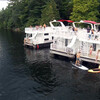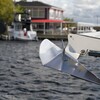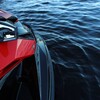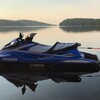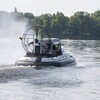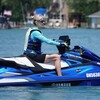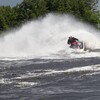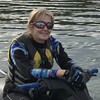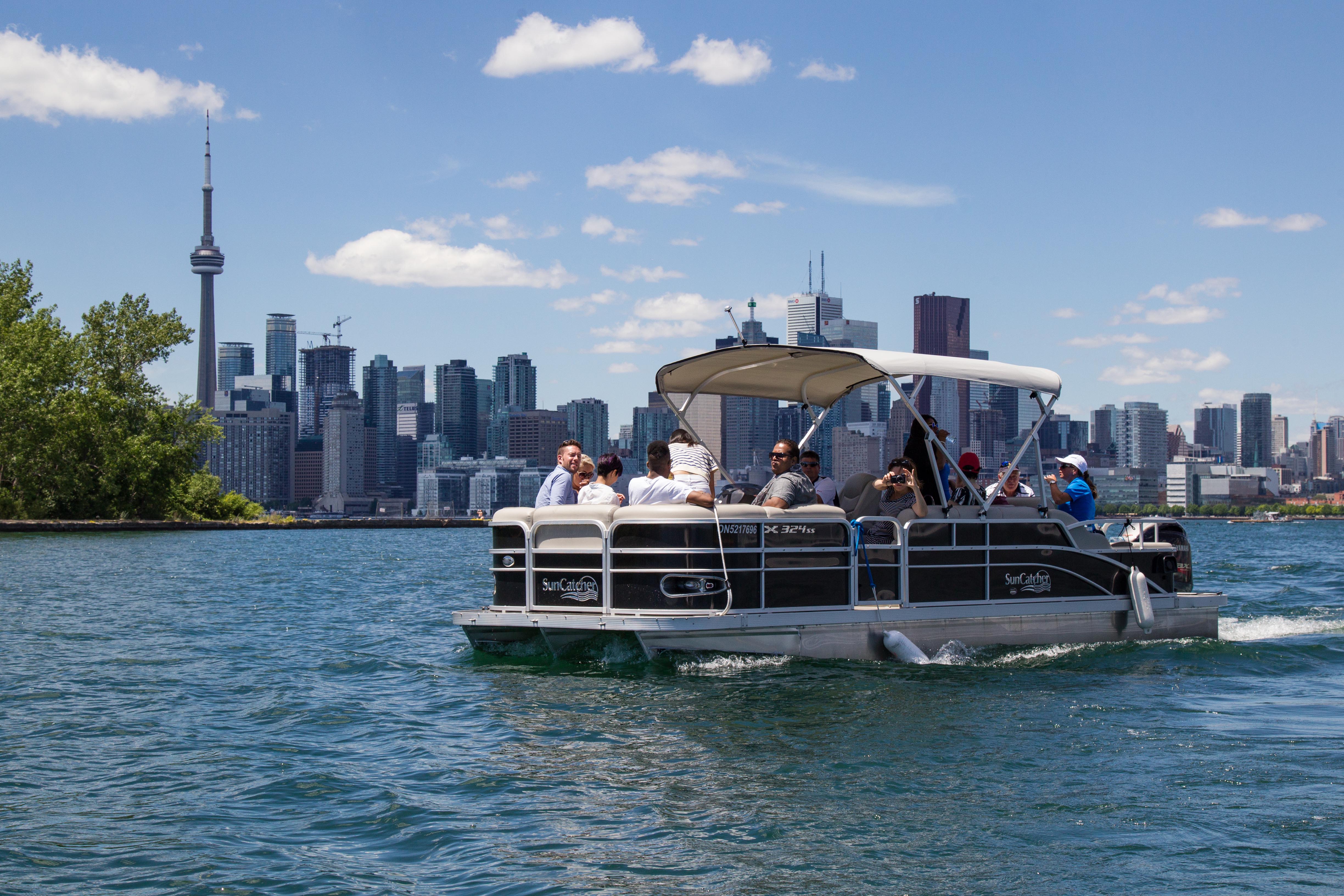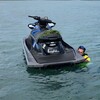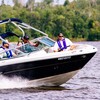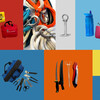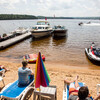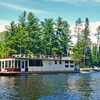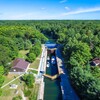
PWC Launch Etiquette
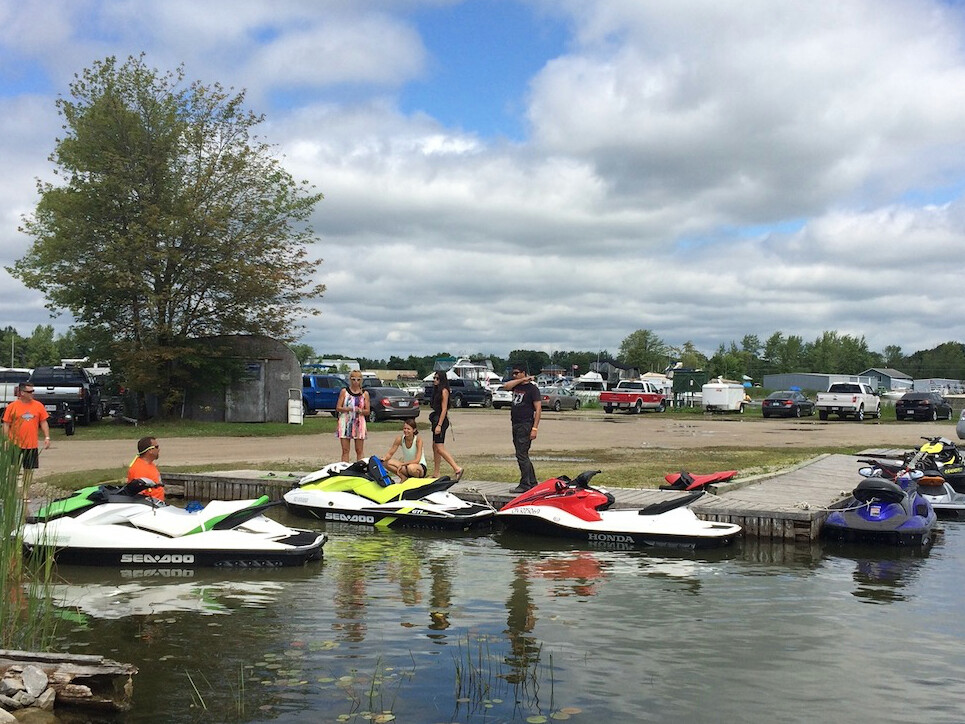
You’ve got your new PWC and chosen a trailer and now you’re headed to the lake for your first outing. The excitement mounts as you get ready for your first day on the water. When you arrive, however, you discover you’re not the only one at the launch ramp—there’s a lot of other boaters working and moving their vessels around. How do you fit yourself in? What’s the proper thing to do here?
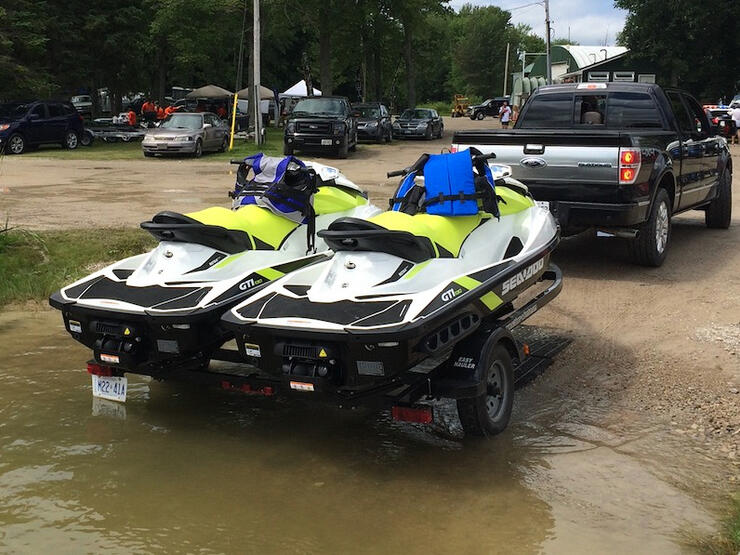
Twin PWCs ready for launch.
parking, fees, and facilities
You may be launching at a public ramp or at a private marina. Be considerate of others and be aware of what fees may be involved with launching. Private launches, such as at a marina may have facilities available, such as washrooms, and have parking included with the price. Note when closing time is so that you don’t come back and find that your vehicle has been locked in the lot and no is one around. Public launch ramps differ in that there may or may not be a fee for parking and/or launching, and no facilities or staff to help.
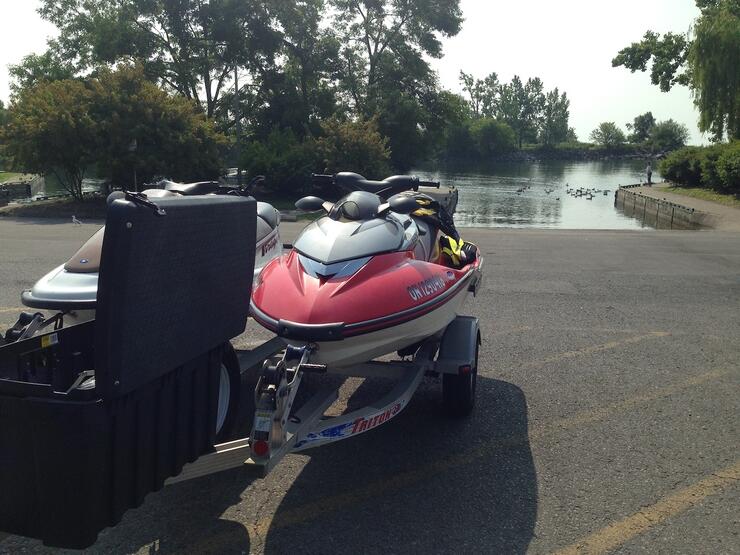
survey the scene and get in line
When you arrive at the launch area the first thing you do is stop somewhere out of the way while you sort out how the place works. Once you have paid, move your vehicle into the preparation area. If there is a lineup for this, get in line and prep your PWC while you wait for the launch ramp to become available.
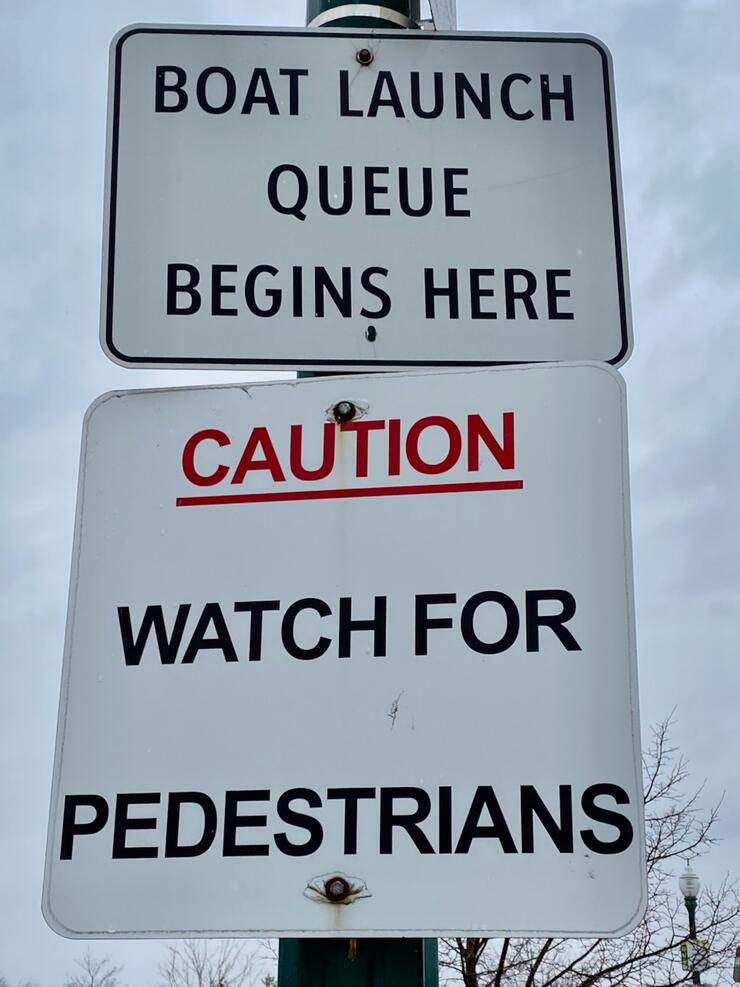
Be aware of your surroundings at a busy launch site.
Note your place in line and how many are ahead of you. Also take note of how many are waiting on the water to pull their vessels out. When there are lineups for both, people tend to take turns with putting in and pulling their vessels out. Look for available trailer parking and how to get there after launching.
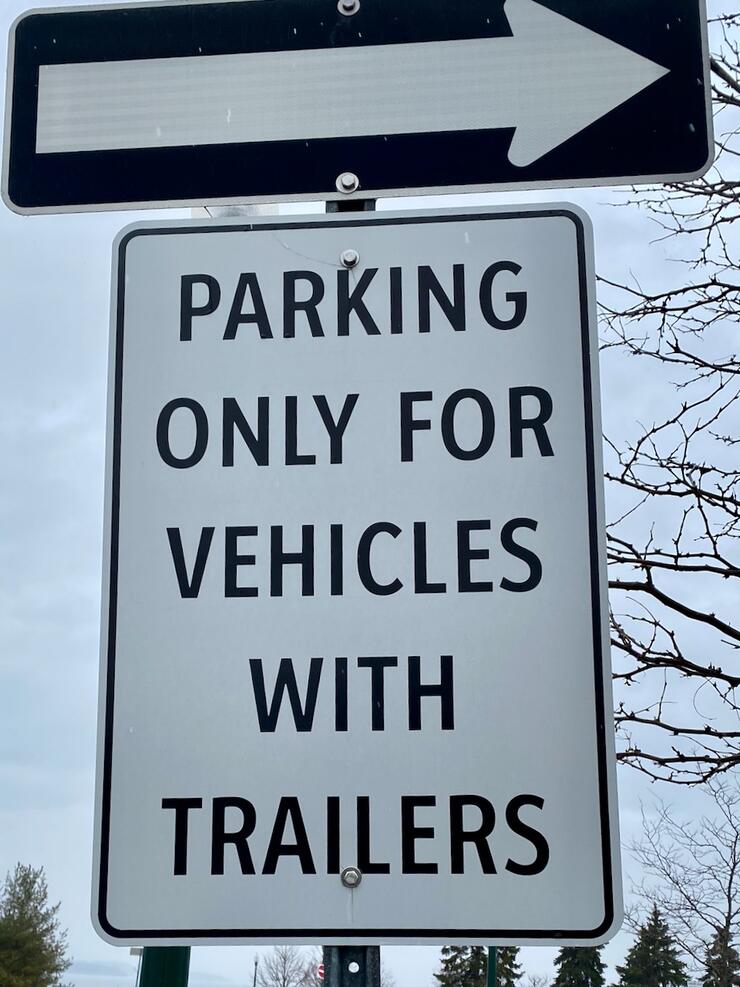
check your equipment before launch
While still on land check that all of your gear is in good working order if you didn’t do that at home. Lift the seat and check for fuel fumes before the first engine start. Look for anything out of place or loose. Check the oil level if you haven’t done that recently. Remove the rear tie-downs from your PWC and load your gear. Check that the drain plugs are in, get the dock lines ready, and get yourself geared up as well.
Plug in your lanyard and start the PWC engine for a moment and blip the throttle gently a couple of times. A cold PWC engine can safely run without water for 10-20 seconds. Plenty of time to confirm that it’s working properly. Often people will launch their PWC or boat and then discover it won’t start as they’re slowly floating away from the dock or block the ramp while they try to get it running.
If you find anything amiss with your PWC or your gear, reconsider heading out. Riding your PWC on the water is not like a road trip on land. Help takes much longer to arrive and water rescues are more involved than dealing with being stranded on the roadside.
pay it forward
As you become an experienced PWC rider, if you see someone else having difficulty launching their vessel or returning to the dock, offer a helping hand. Everyone has had a first time on the water and it is a learning curve. There are always new people looking forward to enjoying their time on the water and help from an experienced rider can make a difference.
launch quickly and watch for hazards
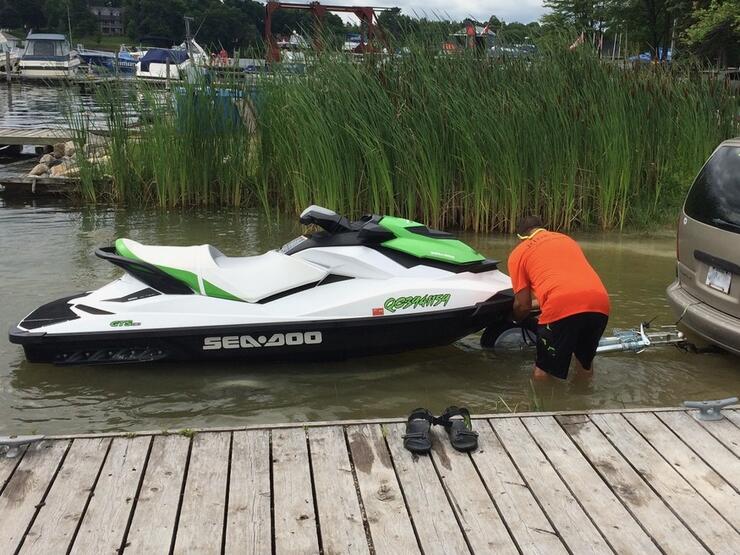
Prepare to get your feet wet while launching your craft.
When it’s your turn to launch be as deliberate and quick as possible. Back your vehicle down the launch ramp until your PWC is almost floating. Beware of a slippery ramp below the water. Wearing rubber-soled shoes will keep you from slipping and sharp objects injuring your feet. Disconnect the winch strap from the bow eye and move your PWC to a spot well along the sea wall or dock and tie it to a cleat. Avoid places where the hull can drift under the dock or be damaged by sharp metal edges. Move your tow vehicle promptly and park in a designated area for trailers.
watch your speed
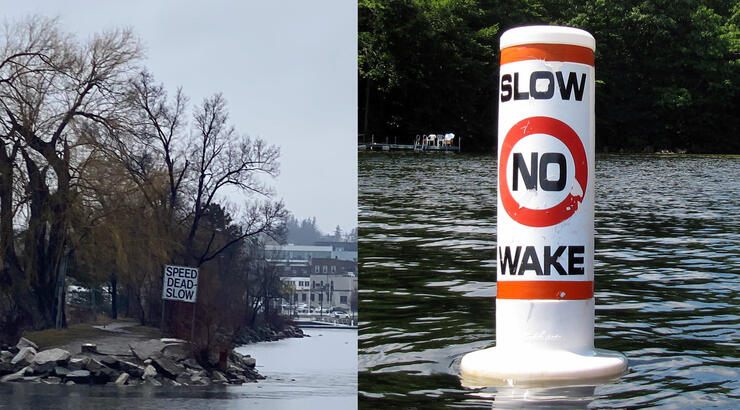
When you’re riding with a group, remember the launch area is a No Wake Zone and slow speed area. Other vessels may be close by and creating waves on the water could cause damage or injury. Be respectful of your fellow boaters. Idle your PWC well away from the No Wake Zone before you play around while waiting for the rest of the group to launch. At some launch areas the No Wake Zone is clearly marked. Look for the buoys. At a marina, idle away from the launch area and well beyond the finger docks and anywhere boats may be moored. There is generally very clear signage indicating the maximum speed in these areas. At smaller public launch areas with no signage it’s an understood courtesy to make no wake.
docking etiquette
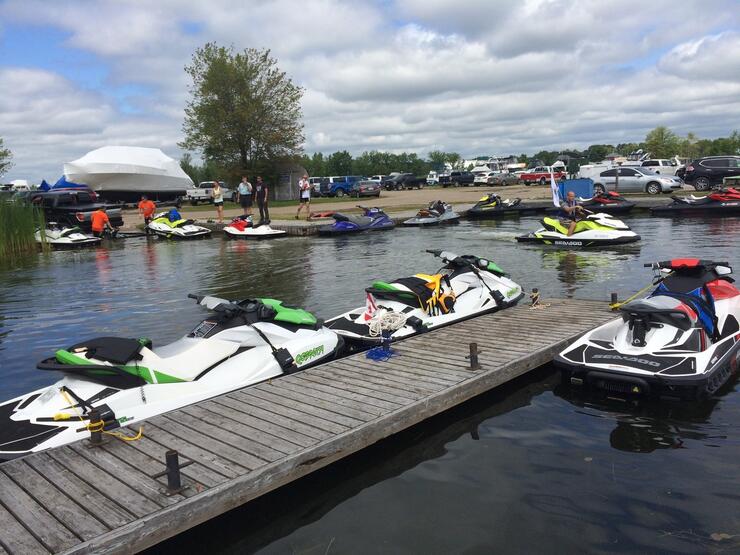
A crowded dock means every rider waits their turn.
After a fun day on the water it’s time to return to the launch area. The same rules of etiquette apply when returning. Survey the area for vessels lined up to pull out and check for a line up of trailers looking to launch. While waiting your turn either put your PWC in neutral while waiting on the water or find a temporary parking spot along the sea wall or transient dock and tie securely to a cleat.
Safety in the launch area means always being in control of your PWC and continually surveying the area. Keep your distance from other vessels and be mindful of ropes or other debris in the water while you’re waiting or idling in. As a general rule, if I see a disabled vessel being towed to the launch ramp, I give them lots of space and will allow them access to dock the disabled vessel. Towing a disabled vessel takes skill and space to maneuver safely. If there is an emergency situation on the water or at the launch ramp, allow time and space for those attending to do their work.
Get your tow vehicle in line with the others if there’s a line up. When it’s your turn at the ramp move smartly and deliberately. Back your trailer down the ramp, put your vehicle in park, and set the parking brake. Get your PWC and load it on the trailer. Make sure the winch strap is clipped on properly and that the winch catch is latched with the PWC correctly loaded. You don’t want the winch strap releasing as you’re pulling your trailer out of the water. Move your trailer into the staging area or choose a parking spot well away from the launch ramp. Finish securing your PWC, put your gear away, and recheck the trailer.
play nice and have fun
Launch ramps are busy places on nice days in the summer. Knowing what to do to efficiently launch your PWC gets you on the water in minimal time. Being friendly and courteous to your fellow riders and boaters makes for a good start and finish to a great day on the water for everyone. For ideas on where to tour, check out these 5 places to ride your PWC.
Recommended Articles

6 Ways to Explore the Great Lakes by Boat or Cruise

Discover Northern Ontario's Top Boat Tours

A Guide to Boating the Trent Severn Waterway in Ontario 2025

Boating Events in Ontario: A Complete Guide to Summer 2025

19 Charming Lighthouses to Visit in Northern Ontario
I Boated the Trent Severn Waterway and Here's What It Was Like
I Sailed the New Viking Octantis and Here's What It Was Like

Canadian Canoe Museum
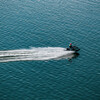
14 PWC Itineraries and Tips for Riding in Ontario

A Thousand Adventures: Boating the 1000 Islands in Ontario
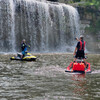
Road Tripping with your PWC
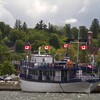
Boat Tours and Cruises in Ontario
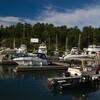
A Guide to Ontario's Marinas

5 Baller Boating Destinations in Ontario
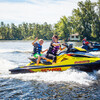
Amazing PWC Getaway
